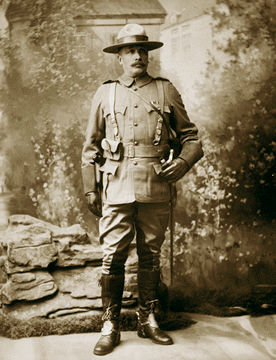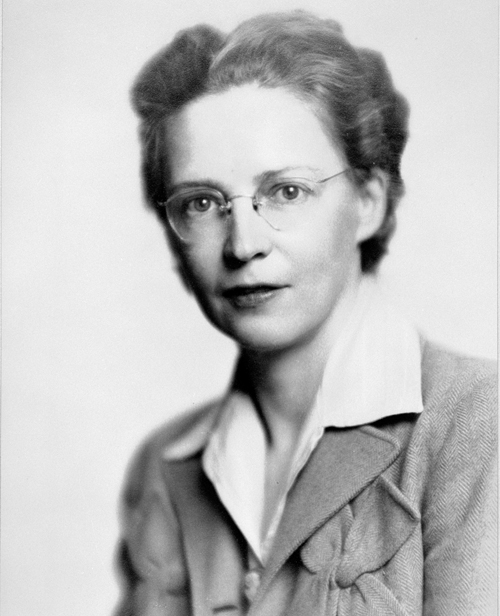Article
St Laurent-class Destroyer Escorts
The St Laurents were developed in the early Cold War as a high-speed, long-range antisubmarine frigate to counter the growing Soviet conventional submarine threat. They were the first major warship class designed and built in Canada and incorporated many ground-breaking features, earning them the nickname, the “Cadillacs.” Seven St. Laurents were built. The success of the design inspired a succession of follow-on classes: the Restigouche, Mackenzie and Annapolis classes. A total of 20 ships — all named after Canadian rivers — were built around the same hull configuration and propulsion plant. These iconic ships were the mainstay of the Canadian fleet from 1955 to 1995, including most of the Cold War.






_(cropped).jpg)






